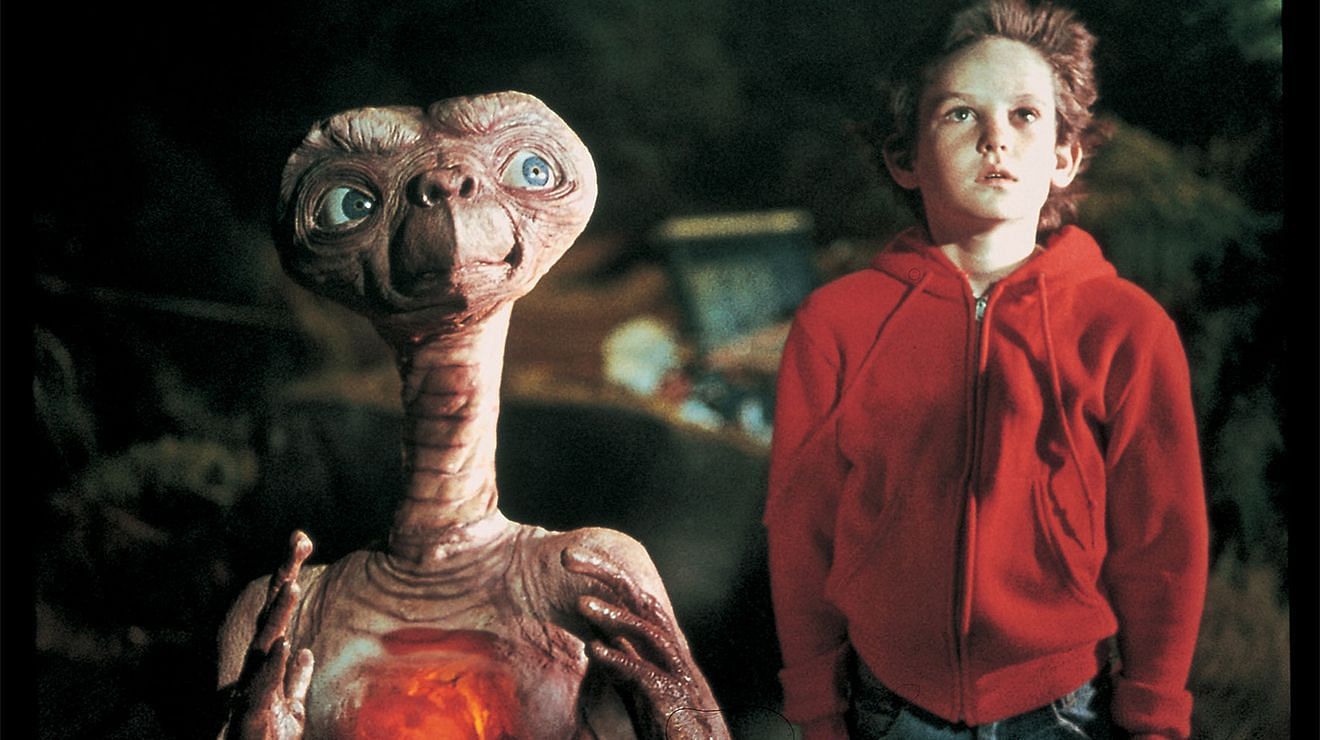What would the world be like without the alien E.T.? Realizing that Steven Spielberg’s filmography has extended for decades and that he is responsible for classics such as Schindler's List, Saving Private Ryan, and Jaws, one could argue that the director’s magnum opus was and remains to be 1982’s E.T.: The Extra Terrestrial. Admittedly, everyone's mind is on West Side Story, but it's time to look back at the director's crowning achievement in film.
The story centers around a misunderstood young boy named Elliot who befriends a kind-hearted alien life-form from a distant planet who is left behind by his alien race and alone in San Fernando Valley. Both characters are viewed as outsiders and rely on each other for companionship.
That all changes when the U.S. government becomes involved and hunts down the alien for further study. E.T. is eventually caught and experimented on, seemingly dying on the operating table. It’s only when Elliot mourns over his body that the friendly alien comes back to life.
The story is a heart-warming assessment of friends and understanding people even when they look différent. It opened the doors to science-fiction and fantasy that encapsulated movie magic for generations to come, and in 1994, it was added to the National Film Registry of the Library of Congress. All of that makes for a good film, but the accolades are not all the film has to offer in terms of the legacy that it has left behind.
Here is a case explaining why the film is still great to this day.
Note: This article reflects the author's views.
Why E.T. is still excellent
1) There is heart to the alien

What’s truly magnificent to behold is the heart of the film itself. It uses a simple storyline of a young socially outcast boy who finds a companion in an out-of-this-world specimen who feels lost in the world himself. It would only make sense that the two characters would form a bonding relationship.
Understanding that this simple synopsis measures up to be most of the film, it saddens audiences when seeing Elliot’s alien friend leave for his home planet as he finally got to “phone home”. It’s so powerful when looking at these two characters as Elliot asks E.T. to stay and E.T. asks his human friend to come. What makes the scenes move mountains in filmmaking is the fact that saying so little conveys the trials and tribulations that the two have been through, coupled with the excellent cinematography.
The two realize that they can’t have their cake and eat it too and when E.T. utters the famous words “I’ll… be…. right…. here,” the audience almost cannot contain their emotions as the alien boards his ship to leave Earth for good.
2) Aliens aren't all bad

One thing that truly makes this film stand out among the crowd is the fact that the aliens in the film are friendly and they never once tried to take over the world or enslave all of humanity. Movies like Mars Attacks!, War of the Worlds, and Cowboys & Aliens have given audiences a look at aliens trying to take over Earth in the most horrific way possible, but E.T. isn’t an acrimonious alien who vents his rage out on Earthlings. He’s an alien that got lost and simply wants to get back home.
Spielberg breaks out of the campy doldrums and stereotypes of destructive aliens that took center stage in the 1950s and so on. This is what also makes the character E.T. stand out to audiences. He is a cute, lovable, innocent creature that is just as scared of humans as they are of him. Understanding that about the adorable alien gives him a multi-dimensional personality that makes him seem more human.
3) Practical effects dominate

Given the fact that the film was released in 1982 and CGI was in the infant stages of development, practical effects were mainstay in the film. Nowadays, CGI would be an inevitability. However, the film has a sense of timelessness to it as E.T. himself was basically a puppet created practically and is real in both the eyes of the audience and on set.
CGI is a great tool for filmmaking. In the present day, the tech has expanded to getting a character right down to the last fiber and hair of the CG model. However, CG has its limitations, and sometimes using a practical puppet rather than a model may be more effective in creating something that appeals to audiences.
Also on the production side of things, having a practical puppet may be more cost-effective and less of a hassle to blend into the environment than using a CG model where VFX supervisors are tasked with matching and compositing the light and shadows of the character through the computer.
The film, nevertheless, remains a timeless classic that has broken ground in cinema and became yet another juggernaut in Steven Spielberg’s filmography. Years from now, it will still be a classic for people to enjoy across the globe.

